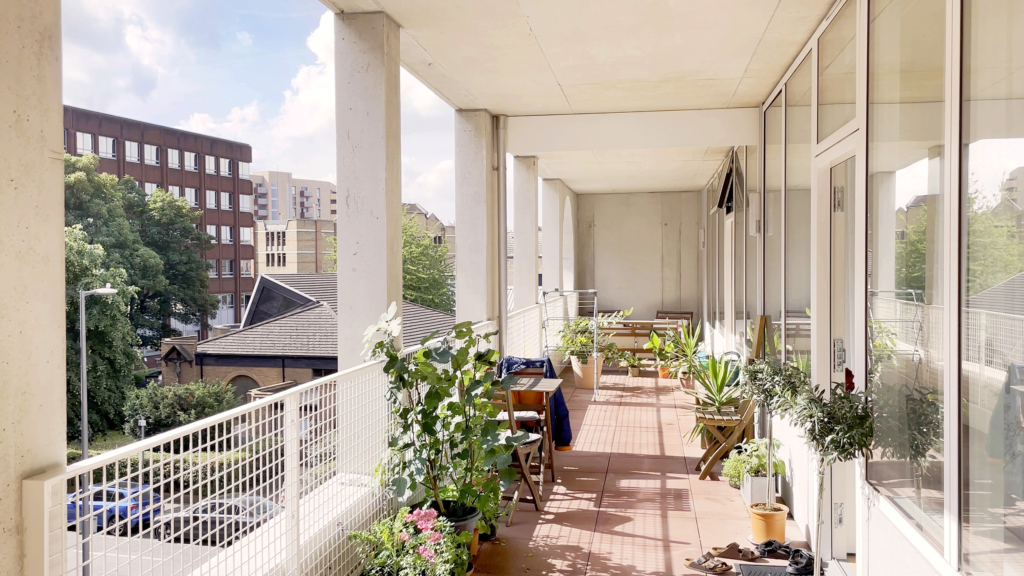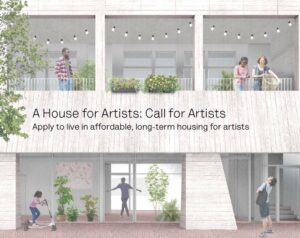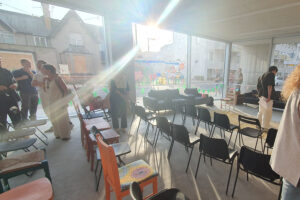2We’ll be joining an evening organised by a group of co-ops to learn about how to fund and finance new housing co-ops, with short presentations from:
- Radical Routes
- The Drive Housing Co-op
- Mary Ann Johnson Housing Co-op
- The Rising Sun Housing Co-op
- Rode Housing Co-op
- C.A.S.H. (Community Assets for Society and Housing)
The presentations will be followed by speed-dating Q&As to let everyone ask specific questions to existing housing co-ops.
Thursday 2 November
6:30 – 8:30
Pelican House, E1 5QJ



